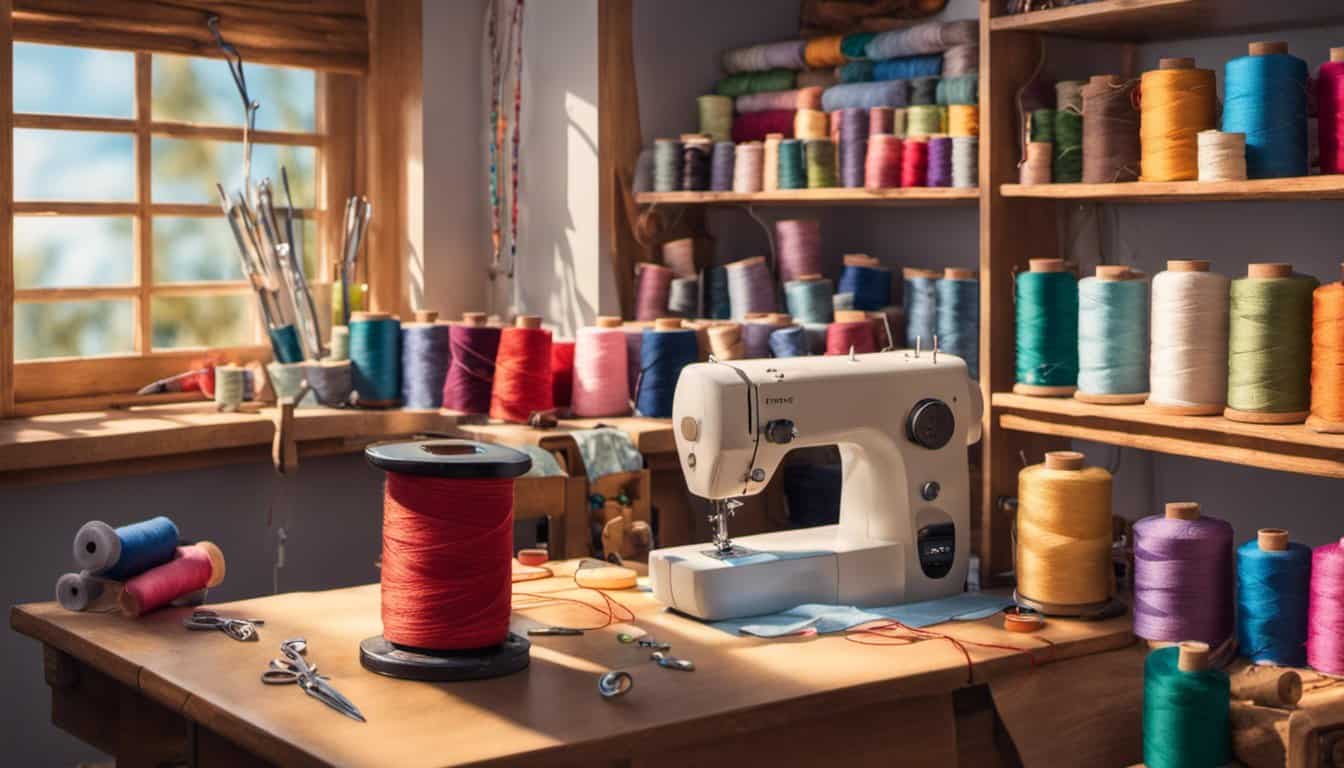Are you someone who loves to sew or is interested in picking up a new hobby? Sewing can be a fun and rewarding activity that allows you to express your creativity and make unique items. Whether you’re a beginner or have been sewing for years, there are always new projects and techniques to explore. In this article, we’ll explore some ideas and inspiration for what you can do with sewing, from simple alterations to creating your own clothing and home decor.
Are you tired of throwing away clothes with minor tears or ill-fitting garments? With a sewing machine and some basic sewing skills, you can easily fix these issues and extend the life of your wardrobe. Learning how to sew can save you money and reduce waste by allowing you to make simple alterations at home. From hemming pants to taking in a dress, you’ll have the power to make your clothes fit perfectly and look as good as new.
Sewing isn’t just limited to repairing clothes – it’s also a fantastic way to unleash your creativity and make one-of-a-kind items. Whether you’re interested in fashion design, home decor, or crafting, sewing opens up a world of possibilities. With a little practice, you can create custom clothing, accessories, curtains, pillows, and more. The only limit is your imagination! So why not dive into the wonderful world of sewing and see what you can create?
Understanding the Basics of Sewing
So you’ve decided to embark on a sewing journey, huh? That’s fantastic! Understanding the basics of sewing is crucial to mastering this craft and unleashing your creativity. Whether you’re a beginner or have some experience under your belt, let’s dive into the essentials of sewing.
1. Get to Know Your Sewing Machine: Your sewing machine will be your trusty companion throughout this sewing adventure. Take some time to familiarize yourself with its features, functions, and settings. Read the manual and experiment with different stitches, tensions, and needle positions. Soon enough, you’ll be a pro at threading the machine and adjusting the settings to suit your project.
2. Start with Simple Projects: Rome wasn’t built in a day, and neither will your sewing skills. Begin with simple projects like pillowcases, tote bags, or simple skirts. These projects will allow you to practice basic stitches, seams, and techniques. As you gain confidence, take on more complex projects and challenge yourself.
3. Learn the Essential Stitches: The backbone of sewing lies in mastering a few essential stitches. The straight stitch, zigzag stitch, and backstitch are among the most commonly used ones. Practice these stitches until they become second nature to you. They will serve as a foundation for more intricate stitches and techniques down the road.
4. Understanding Fabrics: Familiarize yourself with different types of fabrics and their properties. Some fabrics are more forgiving, while others require special handling. Learn about the right needles, threads, and techniques for different fabrics to ensure your projects turn out picture-perfect.
5. Take Accurate Measurements: Before diving into any project, ensure you take accurate measurements. Whether you’re sewing garments or home decor items, precise measurements are key to achieving a perfect fit and professional finish. Invest in a good-quality measuring tape and learn how to measure properly.
Understanding the basics of sewing is like laying a strong foundation for a beautiful building. Once you have a firm grasp on these fundamentals, you can venture into more advanced techniques and create extraordinary pieces. So, grab your sewing machine, get acquainted with it, and let your creativity soar. Happy sewing!
Happy crafting!
Choosing the Right Sewing Machine
When it comes to sewing, choosing the right sewing machine is essential. With so many options available in the market, it can be overwhelming to determine which one is the perfect fit for you. But fear not, my fellow sewing enthusiasts! I’m here to guide you through the process and help you make an informed decision.
Consider the following factors when choosing a sewing machine:
- Your skill level: Are you a beginner or an experienced sewist? Select a machine that matches your skill level. For beginners, look for a basic, user-friendly machine that offers essential stitches and is easy to operate.
- Types of sewing projects: Think about the types of projects you plan to undertake. If you’re primarily interested in garment sewing, opt for a machine with a variety of stitch options and adjustable features. If you’re into quilting or embroidery, consider a machine that offers specialized functions like automatic thread cutting or embroidery capabilities.
- Budget: Determine your budget and choose a machine that falls within your price range. Remember, expensive doesn’t always mean better. There are fantastic options available at every price point.
- Features and accessories: Look for a machine that offers features and accessories that align with your sewing needs. Some features to consider include automatic buttonholer, adjustable presser foot pressure, and a free arm for easy sewing of cuffs and hems.
- Quality and durability: Invest in a sewing machine that is well-built and durable. Read reviews, check the reputation of the brand, and ensure that the machine is known for its reliability.
- Try before you buy: Whenever possible, try out the machine before making a purchase. Look for a local sewing machine shop or craft store that allows you to test different models. This will give you a hands-on experience and help you determine which machine feels comfortable for you.
Essential Sewing Tools and Materials
When it comes to sewing, having the right tools and materials is key to making your projects a success. Whether you’re a sewing enthusiast or just starting out, here are some essential tools and materials that you’ll need to have in your arsenal:
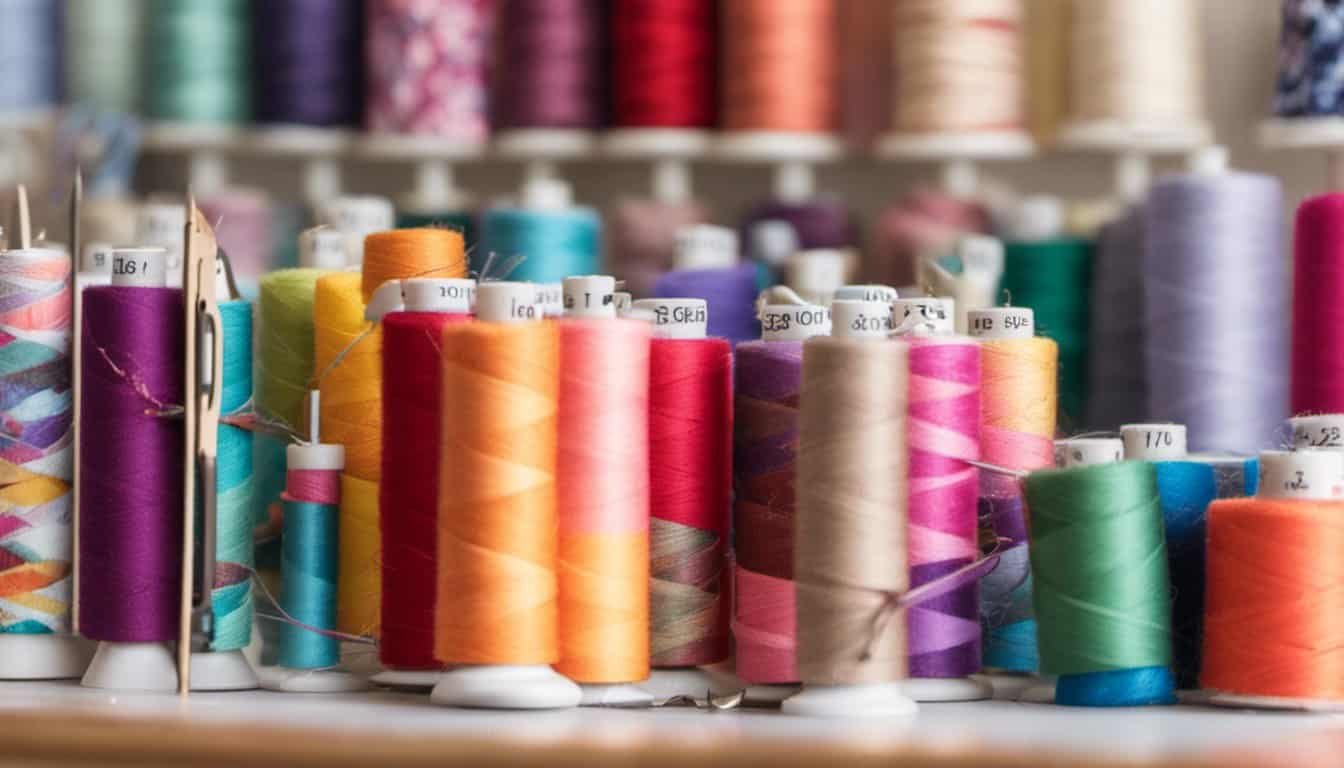
Sewing Machine
A sewing machine is undoubtedly the most important tool in any sewist’s collection. It allows you to stitch fabric together quickly and efficiently, saving you time and effort. There are different types of sewing machines available, ranging from basic models to more advanced ones with a wide range of features. Consider your skill level and the type of projects you plan to undertake when choosing a sewing machine.
Needles
Having a variety of sewing needles is essential for different types of sewing projects. Different fabrics require different needle sizes and types. For lightweight fabrics, use a fine needle, while heavy fabrics like denim or leather require a heavier-duty needle. Remember to change your needles regularly to ensure smooth and even stitching.
Scissors and Cutting Tools
Invest in a good pair of fabric scissors that are designated solely for cutting fabric. Dull scissors can snag and fray fabric, so make sure you keep them sharp. Additionally, a rotary cutter and mat are great for cutting straight edges and working with patterns. A seam ripper is also handy for those inevitable mistakes or when you need to redo a seam.
Measuring Tools
Measuring accurately is crucial in sewing, so having the right measuring tools is a must. A tape measure is essential for taking body measurements and determining fabric lengths. A transparent ruler with clear markings is great for measuring and marking fabric. Don’t forget about fabric markers for marking patterns and tailoring adjustments.
Pins and Needles
Pins are invaluable for holding fabric together while you sew. Invest in straight pins with a sharp point to avoid damaging the fabric. Pin cushions are a useful tool for keeping your pins organized and easily accessible. A thimble is also handy when working with heavier fabrics or hand-sewing.
Thread and Bobbins
« Unleash Your Inner Fashionista: Discover the Ultimate Secrets to Mastering Sewing Skills
Discover the Optimal Length for Sewing Pins! Unlock Professional Results in Your Sewing Projects »
Having a variety of thread colors is essential for any sewing project. Choose high-quality polyester or cotton thread that matches your fabric. Make sure to stock up on bobbins too, as they hold the thread underneath the fabric while you sew.
Remember, having the right tools and materials
Learning Different Sewing Techniques
When it comes to sewing, there’s always something new to learn. Whether you’re a beginner or an experienced sewist, expanding your sewing skills and knowledge is essential to grow as a textile enthusiast. Learning different sewing techniques allows you to take your projects to the next level and add that personal touch.
Take a Class or Workshop
Attending a sewing class or workshop is a fantastic way to learn various techniques. You’ll have the opportunity to work with experienced instructors who can guide you through the process step by step. Plus, you’ll have the chance to meet fellow sewists and share your passion for the craft.
Online Tutorials and Videos
The internet is a treasure trove of sewing resources. There are numerous websites, blogs, and YouTube channels dedicated to teaching sewing techniques. From basic stitches to advanced couture techniques, you can find tutorials and videos that suit your skill level and interests. Watching visual demonstrations can help you understand the techniques better and follow along at your own pace.
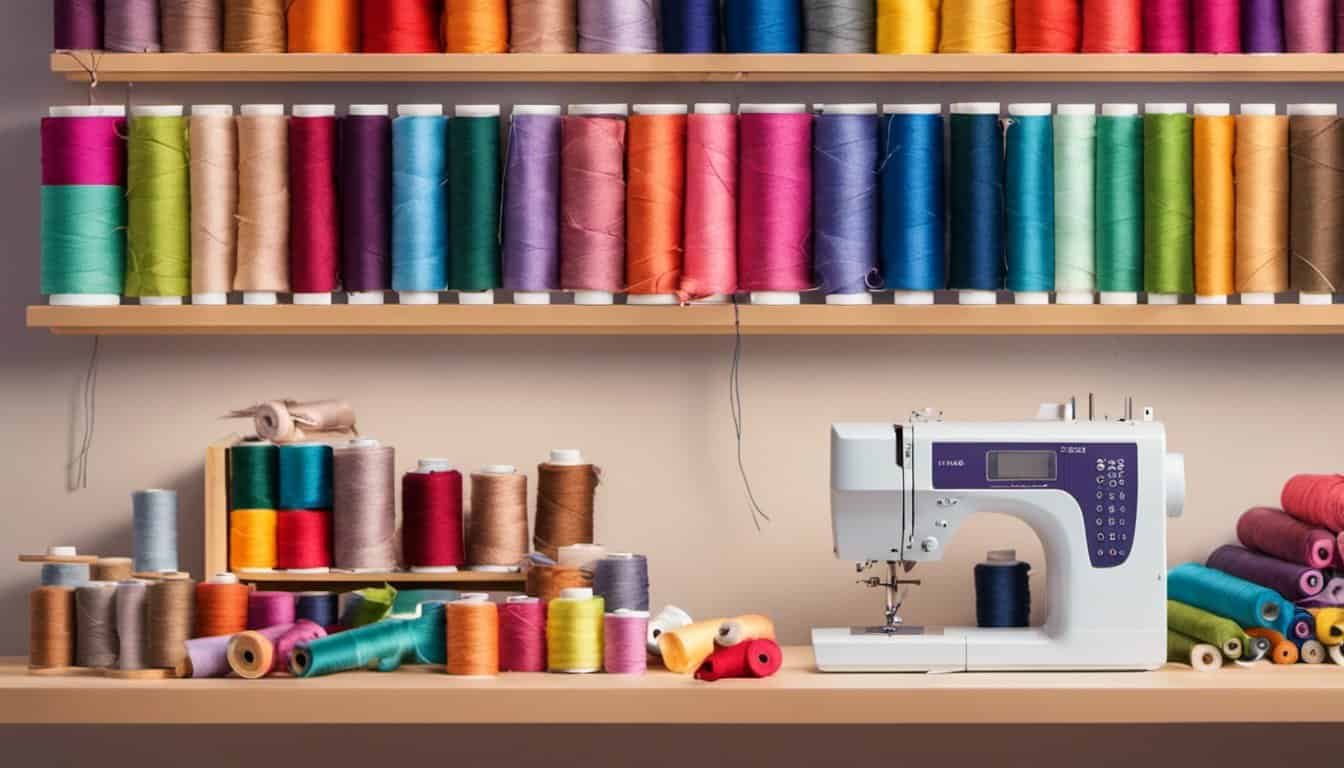
Experiment and Practice
Don’t be afraid to experiment and practice different sewing techniques on your own. Grab some scrap fabric and try out new stitches, applique techniques, or fabric manipulation methods. Practice makes perfect, and the more you try, the more confident you’ll become.
Join a Sewing Community
Joining a sewing community, whether it’s an online forum or a local group, can provide you with a wealth of knowledge and support. In these communities, you can ask questions, seek advice, and share your own sewing experiences. Learning from others who are passionate about sewing can inspire you to try new techniques and broaden your horizons.
Explore Other Crafts
Expanding your sewing repertoire doesn’t have to be limited to sewing alone. Many sewing techniques, such as embroidery, knitting, and crochet, complement each other beautifully. Venturing into other crafts can enhance your sewing skills and provide you with new creative possibilities.
Sewing Projects for Beginners
If you’re new to sewing, congratulations on embarking on a creative and rewarding journey! Sewing allows you to express your unique style and create functional and beautiful items. To get started, here are some beginner-friendly sewing projects that will help you hone your skills and build your confidence:
1. Simple Tote Bag
A tote bag is a versatile and practical project for beginners. You can choose a fun fabric pattern and customize the size to fit your needs. Start with a basic design and gradually add pockets and other details as you gain more experience.
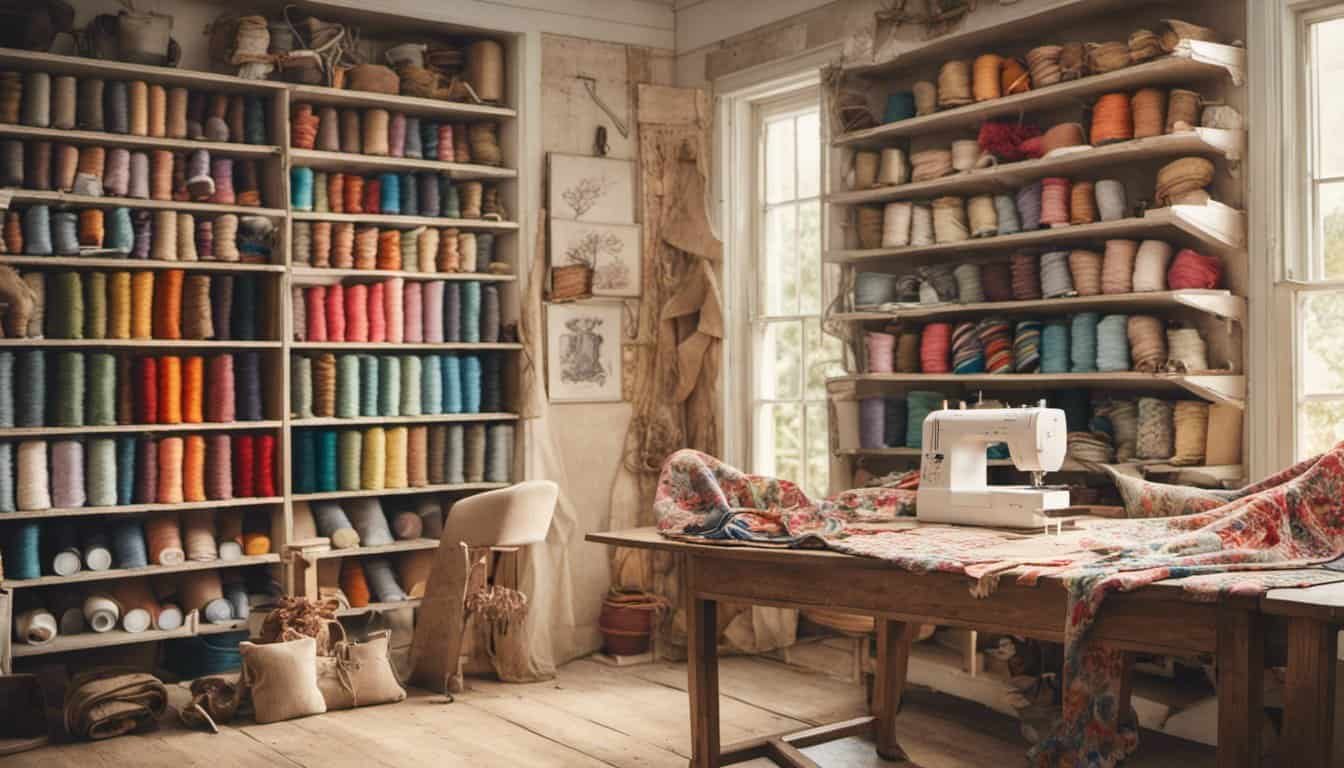
2. Pillowcases
Making your own pillowcases is a great way to add a personal touch to your bedroom decor. With some colorful fabric and basic sewing techniques, you can create pillowcases that match your style and make your living space cozy and inviting.
3. Scrunchies
Not only are scrunchies stylish, but they are also a quick and easy sewing project for beginners. They require minimal fabric and can be made in various colors and patterns. Sewing scrunchies is a great way to practice sewing straight lines and working with elastic.
4. Reusable Fabric Napkins
Reduce waste and add a touch of elegance to your table settings by making reusable fabric napkins. Choose a fabric that complements your dining room decor and experiment with different hemming techniques to achieve a polished finish.
5. Basic Skirt
Once you feel comfortable with the basics, challenge yourself with a basic skirt project. Choose a pattern that caters to beginners and follow step-by-step instructions to create a fashionable and flattering skirt. You’ll learn valuable skills such as measuring, cutting, and sewing darts and seams.
Upcycling and Repurposing Old Clothes
One of the most exciting aspects of sewing is the ability to transform old clothes into something new and stylish. Upcycling and repurposing old clothes not only helps you minimize waste but also allows you to create unique and personalized pieces. Here are some ideas to get you started on upcycling your wardrobe:
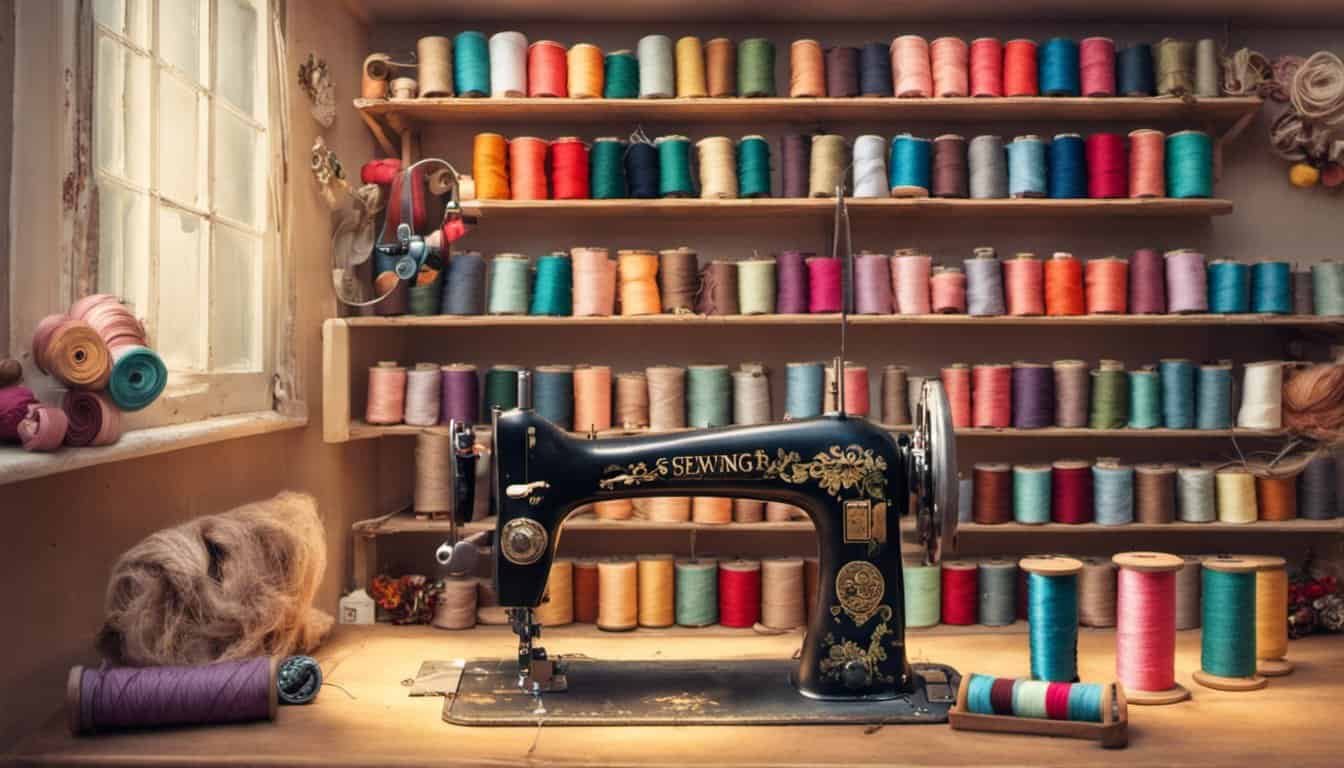
1. Revamp a T-Shirt: Turn your old t-shirt into a trendy crop top or add lace or embroidery details to give it a new lease on life. You can also try tie-dyeing or fabric painting for a fun and vibrant look.
2. Denim Reimagined: Old jeans can be repurposed into a variety of items such as denim skirts, bags, or even patchwork quilts. Get creative with distressing techniques, embroidery, or adding patches to give them a fresh and trendy twist.
3. Transform a Dress: If you have a dress that you no longer wear, consider shortening it to create a chic skirt. Adding new buttons, trimming the hem, or altering the neckline can completely transform the garment and give it a fresh new look.
4. Accessory Overhaul: Don’t forget about accessories! Transform a plain scarf into a headband or turn old belts into stylish bracelets or even bag straps. You can also repurpose jewelry pieces by mixing and matching beads and pendants to create unique statement pieces.
5. Patchwork Magic: Combine different fabric remnants to create a beautiful patchwork quilt, cushion cover, or even a tote bag. Patchwork allows you to showcase your creativity while utilizing leftover fabrics in a sustainable way.

Creating Customized Home Decor
When it comes to adding a personal touch to your living space, there’s nothing quite like creating customized home decor. With your sewing skills, embroidery techniques, and crafty abilities, you can transform ordinary items into unique pieces that reflect your style and personality. Whether you’re a seasoned seamstress or just starting out on your creative journey, here are a few ideas to inspire your next home decor project:
- Embroidered Pillow Covers: Add a pop of color and texture to your living room or bedroom with embroidered pillow covers. Choose a design that complements your existing decor or create your own using different embroidery stitches. With a wide range of embroidery thread colors available, you can easily match your pillows to your furniture or create contrasting patterns for a bold statement.
- Quilted Wall Hangings: Embrace the cozy and timeless charm of quilting by making quilted wall hangings for your home. Use a combination of fabrics, patterns, and colors to create a design that reflects your personal style. Quilted wall hangings not only add warmth to your space but also serve as a unique piece of art that will be admired by all.
- Personalized Table Runners: Elevate your dining experience with a personalized table runner. Choose a fabric that complements your dining table and add embroidery or applique in the corners for a custom touch. Whether it’s a monogram, your favorite quote, or a floral design, a personalized table runner will instantly make your meals feel more special.
- Fabric Wall Art: Put your fabric stash to good use by creating fabric wall art. Stretch a vibrant fabric over a canvas frame and secure it with a staple gun. You can showcase a favorite fabric pattern, create a collage of different fabrics, or even incorporate embroidery or hand-painted elements. Fabric wall art is a fantastic way to add color and texture to your walls.
- Upcycled Home Accessories: Give new life to old items by upcycling them into one-of-a-kind home accessories. Transform an old sweater into a cozy throw pillow, repurpose vintage tea towels into stylish curtains, or use leftover fabric scraps to create patchwork coasters. The possibilities are endless when it comes to upcycling!
Remember, creating customized home decor is all about expressing your creativity and making your space truly unique. So gather your sewing supplies, unleash your imagination, and let your stitching skills shine through in every piece you
Making Personalized Gifts
When it comes to showing someone you care, nothing beats a personalized gift made with love. So why not put your sewing, embroidery, knitting, or crafting skills to good use and create something truly special? Whether it’s for a birthday, anniversary, or just to say “I love you,” personalized gifts are sure to bring a smile to the recipient’s face. Here are a few ideas to inspire your next gift-giving project:
Customized Tote Bags
Tote bags are not only practical but also a blank canvas for creativity. Turn a plain canvas tote into a personalized gift by adding embroidered initials, a favorite quote, or a custom design. You can even incorporate applique or fabric paint to make it truly unique. Fill the bag with goodies that the recipient will love, and you have a thoughtful and practical gift.
Monogrammed Blankets
Nothing says cozy like a soft, warm blanket, and adding a personal touch takes it to the next level. Whether it’s knitting a blanket from scratch or embroidering initials on a store-bought one, monogrammed blankets are a timeless and cherished gift. Choose their favorite colors or a pattern that matches their home decor for an extra special touch.

Handmade Jewelry
Get crafty with jewelry-making and create one-of-a-kind pieces that reflect the recipient’s style. Whether it’s beaded bracelets, charm necklaces, or crochet earrings, handmade jewelry allows you to customize the color, style, and materials. You can even incorporate personalized charms or pendants to make it truly unique.
Personalized Home Decor
Help your loved ones spruce up their living space with personalized home decor items. Use your embroidery skills to create custom throw pillows with their initials or favorite quotes. Knit or crochet a cozy blanket with their favorite colors. Craft a macrame wall hanging with their initials or create a custom cross-stitched artwork. The possibilities are endless and will add a personal touch to their home.
Memory Quilts
Transform cherished memories into a cozy quilt. Collect fabric squares from old clothing, blankets, or special fabrics that hold sentimental value. Sew them together to create a patchwork quilt that tells a story. Add embroidery, applique, or personalize it with special messages or dates. A memory quilt is not only a heartfelt gift but also a beautiful way to preserve and display cherished memories.
Remember, making personalized gifts is all about putting your heart and creativity into each piece. Take
Sewing Tips and Tricks
When it comes to sewing, embroidery, knitting, and crafts, there are always tips and tricks that can make your projects easier and more enjoyable. Here are some expert recommendations to help you elevate your skills and achieve professional-looking results:

- Prep and Organization: Before starting any project, it’s important to have everything you need within reach. Gather all the necessary materials, including fabric, thread, needles, and any additional tools or accessories. Keep them organized in a dedicated sewing box or storage system. This will save you time and frustration searching for items while working on your project.
- Proper Cutting: Accurate cutting is essential for a well-finished project. Use sharp fabric scissors or a rotary cutter and cutting mat for precise cuts. Measure twice and cut once to avoid any mistakes. Consider using pattern weights or pins to hold the fabric in place, ensuring clean and straight edges.
- Seam Allowance: Pay attention to the seam allowance specified in your pattern or project instructions. Seam allowances are typically ⅝ inch or ¼ inch, but it can vary. Use a transparent ruler to measure and mark the correct seam allowance on your fabric. Additionally, reinforcing the beginning and end of each seam with a backstitch or reverse stitch will prevent unraveling.
- Pressing Matters: Don’t underestimate the power of pressing during the sewing process. Use an iron set to the appropriate temperature for your fabric to press seams open or to one side. Pressing ensures that your project looks professional and helps set the stitches permanently.
- Machine Maintenance: Regularly clean and maintain your sewing machine to keep it running smoothly. Refer to your machine’s manual for instructions on oiling and cleaning. A well-maintained machine will produce better stitches and last longer.
- Trial and Practice: If you’re trying a new technique or stitching pattern, it’s always a good idea to test it out on scrap fabric before tackling your main project. This allows you to fine-tune your skills and make any necessary adjustments before committing to your final piece.
- Be Mindful of Tension: Proper tension is critical for balanced and uniform stitches. If your stitches are too loose or too tight, adjust the tension dial on your machine accordingly. Test the tension on a spare piece of fabric and make adjustments until you achieve the desired result.
- Finishing Touches: Don’t rush the finishing touches of
Conclusion
Now that you have learned about the importance of choosing the right sewing machine and the essential tools and materials every sewist should have, you are well on your way to creating beautiful and personalized projects. Remember to try out different sewing machine models before making a purchase and to invest in quality tools and materials.
Expanding your sewing skills through classes, tutorials, and practice will allow you to add a personal touch to your projects and showcase your creativity. Start with beginner-friendly sewing projects to build your skills and confidence, and don’t forget to upcycle and repurpose old clothes for a sustainable and unique touch.
When it comes to home decor, let your sewing skills shine by creating customized items that reflect your style and personality. From embroidered pillow covers to quilted wall hangings, there are endless possibilities to make your living space truly unique.
And finally, don’t forget the joy of giving personalized gifts made with love. Whether it’s a customized tote bag, monogrammed blanket, or handmade jewelry, your sewing, embroidery, knitting, or crafting skills can create something truly special.
With these expert recommendations and tips in mind, you are ready to elevate your skills and achieve professional-looking results in your sewing, embroidery, knitting, or crafting projects. So gather your supplies, unleash your creativity, and enjoy the journey of creating beautiful and personalized pieces. Happy sewing!
